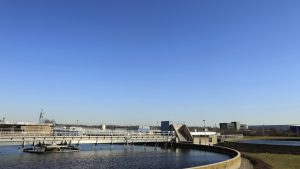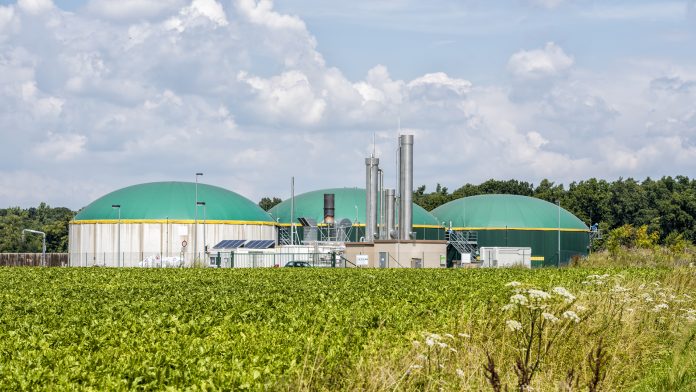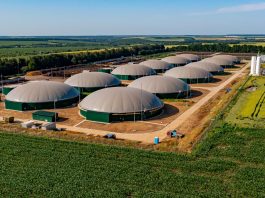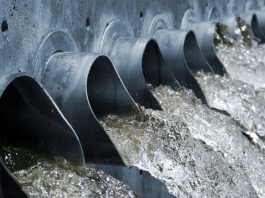Researchers have developed a new method to convert leftover sludge to biogas, lowering waste treatment costs and helping the environment.
A Washington State University research team has tested a pre-treatment technology in waste management systems, adding an extra step to typical treatments and using oxygen-containing high-pressure steam to break down sewage sludge. It was found that they were able to convert more than 85% of the organic material to biogas, which can be used to produce electricity or upgraded to renewable natural gas (RNG) for the natural gas grid or for local use.
The work, funded by the U.S. Department of Energy, was published in the journal Waste Management, under the title ‘Improved valorisation of sewage sludge in the circular economy by anaerobic digestion: Impact of an innovative pre-treatment technology.’
The team’s research into the pre-treatment process
The researchers treated the sludge at a high temperature and pressure, with oxygen added before the anaerobic digestion process. The oxygen acts as a catalyst under high pressure, subsequently breaking down the polymers in the material.
The pre-treatment process has been studied for several years, previously being used to break down straw and woody materials. The team was not sure whether the process would work to produce biogas from the sewage sludge, due to different compositions such as lipids and proteins. However, they were positively surprised by the outcome.
Now, the team is working with Clean-Vantage, a Richland-based clean technology start-up company active in the pre-treatment area, and the Pacific Northwest National Laboratory (PNNL), which is doing a techno-economic analysis of the new process.
Advantages of adding a new pre-treatment step
Adding the new pre-treatment step improves the anaerobic conversion of sewage sludge at the wastewater treatment facility from the current less-than-50% conversion rate. The new method also produces 98% more methane than the current practice, which can be used as biogas.

Birgitte Ahring, professor in the Gene and Linda Voiland School of Chemical Engineering and Bioengineering and leader of the study, stated: “It was shown to be extremely efficient, and that’s very exciting. This can be applicable and something we could begin to explore in Washington state. Not wasting waste, but using its potential instead, has major advantages.”
In the US currently, approximately half of the wastewater treatment plants use anaerobic digestions. However, the process in which microbes break down the waste is inefficient, as the leftover sludge generally ends up in landfills. Large amounts of electricity are also used to clean up municipal wastewater, with wastewater treatment facilities often the largest users of electricity in a small community.
Small communities can particularly benefit from the technology, as many are committed to reducing their waste and climate impact.
“If they could make their own electricity, or for some of the large plants, make renewable biogas and add it to the natural gas grid, then they can reduce the use of fossil fuels. Here, we are beginning to move into the idea of the circular economy,” said Ahring, who is also a faculty member in the Bioproducts, Sciences, and Engineering Laboratory at WSU Tri-cities.
“This is not a very high-tech solution. It’s actually a solution that can be useful even at small scale. The efficiency has to be high or else you cannot warrant adding the extra costs to the process.”
Converting the biogas for future uses
Now, the researchers are scaling up the work in their pilot facility located at WSU Tri-cities to further demonstrate the process. The team is studying how to efficiently convert biogas to more valuable renewable natural gas by a new bioprocess.
Although the biogas created can be used to produce electricity, producing renewable natural gas could allow rural communities to generate local transportation fuel for fuelling their municipal vehicles.









